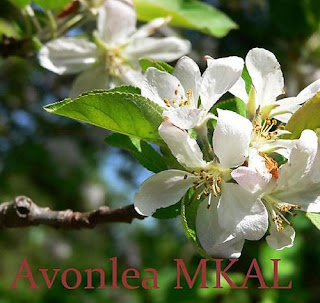Mother's Day in the United States is annually held on the second Sunday of May. It celebrates motherhood and it is a time to appreciate mothers and mother figures. Many people give gifts, cards, flowers, candy, a meal in a restaurant or other treats to their mother and mother figures, including grandmothers, great-grandmothers, stepmothers, and foster mothers.
What Do People Do?
Many people send cards or gifts to their mother or mother figure or make a special effort to visit her. Common Mother's Day gifts are flowers, chocolate, candy, clothing, jewelry and treats, such as a beauty treatment or trip to a spa. Some families organize an outing for all of their members or hold a special meal at home or in a restaurant. In the days and weeks before Mother's Day, many schools help their pupils to prepare a handmade card or small gift for their mothers.Public Life
Mother's Day is not a federal holiday. Organizations, businesses and stores are open or closed, just as they are on any other Sunday in the year. Public transit systems run to their normal Sunday schedules. Restaurants may be busier than usual, as some people take their mothers out for a treat.Background
The origins of Mother's Day are attributed to different people. Many believe that two women, Julia Ward Howe and Anna Jarvis were important in establishing the tradition of Mother's Day in the United States. Other sources say that Juliet Calhoun Blakely initiated Mother’s Day in Albion, Michigan, in the late 1800s. Her sons paid tribute to her each year and urged others to honor their mothers.
Around 1870, Julia Ward Howe called for Mother's Day to be celebrated each year to encourage pacifism and disarmament amongst women. It continued to be held in Boston for about ten years under her sponsorship, but died out after that.
In 1907, Anna Jarvis held a private Mother's Day celebration in memory of her mother, Ann Jarvis, in Grafton, West Virginia. Ann Jarvis had organized "Mother's Day Work Clubs" to improve health and cleanliness in the area where she lived. Anna Jarvis launched a quest for Mother's Day to be more widely recognized. Her campaign was later financially supported by John Wanamaker, a clothing merchant from Philadelphia.
In 1908, she was instrumental in arranging a service in the Andrew's Methodist Episcopal Church in Grafton, West Virginia, which was attended by 407 children and their mothers. The church has now become the International Mother's Day Shrine. It is a tribute to all mothers and has been designated as a National Historic Landmark.
Mother's Day has become a day that focuses on generally recognizing mothers' and mother figures' roles. Mother's Day has also become an increasingly important event for businesses in recent years. This is particularly true of restaurants and businesses manufacturing and selling cards and gift items.












